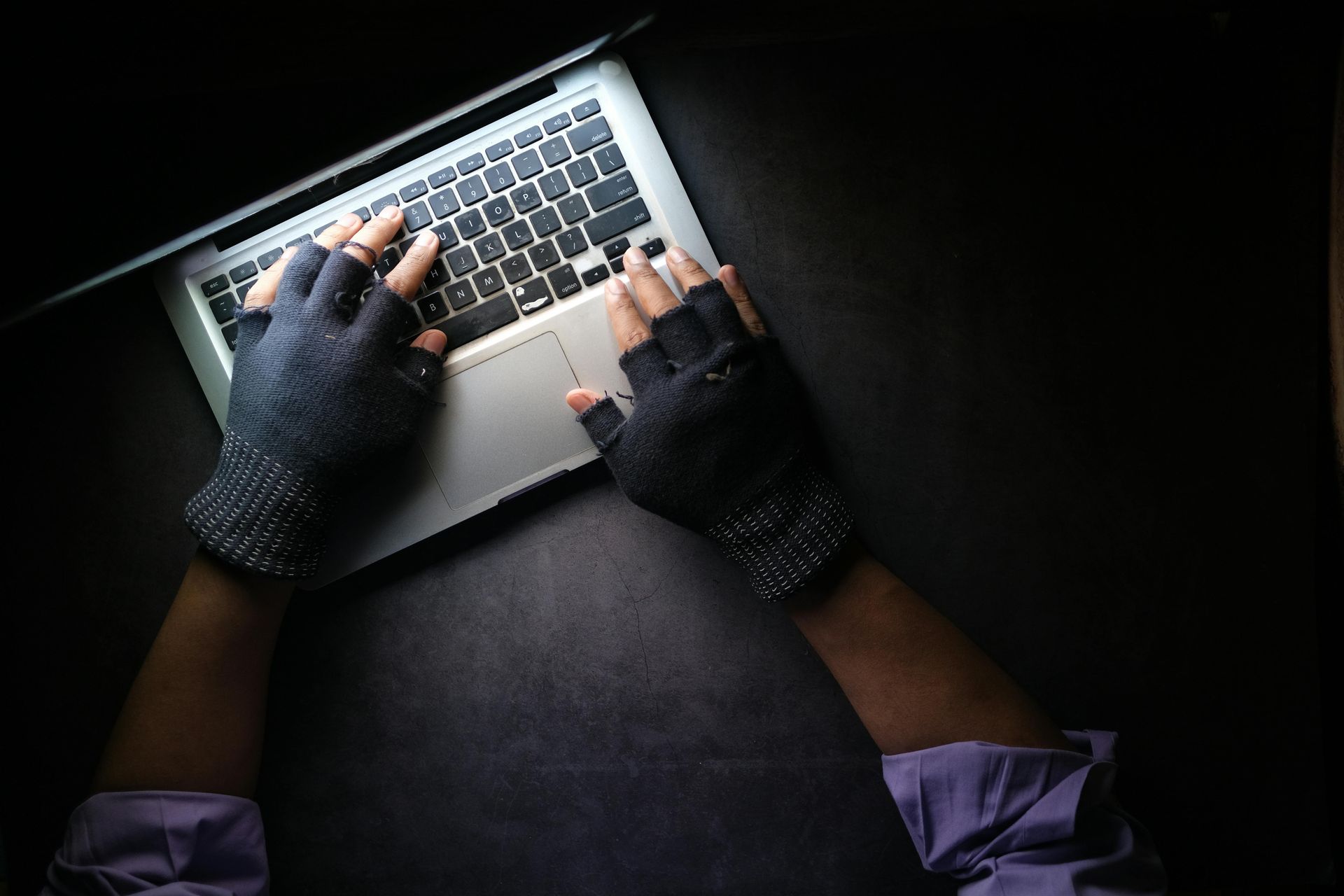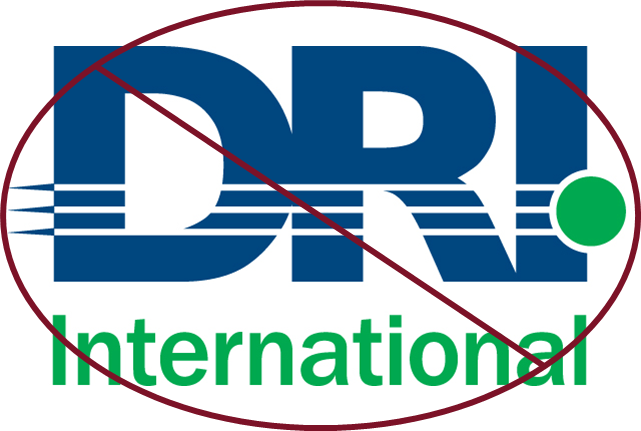The Executive Guide to Business Continuity (Series) - Part 3: The Building Blocks of Resilient Organizations
Introduction
What makes a genuinely resilient organization? Is it the ability to recover quickly from disruptions or is it about preventing disruptions in the first place? The answer lies somewhere in between. Resilience is not just about bouncing back; it’s about building a framework that ensures continuity, adaptability, and strength under pressure.
In this blog, we’ll explore the key components of a modern business continuity program and how they come together to create a resilient organization. From crisis management to operational resilience, these building blocks form the foundation for thriving in an uncertain world.
The Core Elements of a Modern BC Program
A balanced business continuity program consists of several integrated components. Each plays a vital role in supporting the organization’s ability to withstand disruptions and recover effectively. Let’s break down the essentials:
Crisis Management: Preparing for the Unexpected
Crisis management focuses on coordinating an organization’s response during a disruptive event. It’s about making timely, informed decisions under pressure to minimize the impact on people, operations, and reputation. Key practices include:
- Clear Leadership Roles – Establishing a crisis management team with defined roles and responsibilities.
- Crisis Communication Plans – Ensuring transparent and timely communication with stakeholders, employees, and customers.
- Scenario Planning – Anticipating, via threat assessments and historical data, various disruption scenarios to test and refine your response.
A strong crisis management plan ensures that when the unexpected happens, the organization responds quickly, decisively, and effectively.
Disaster Recovery: Safeguarding Critical Systems
Disaster recovery (DR) is focused on restoring IT systems, data, and technology infrastructure after a disruption. As organizations continue to heavily rely on digital processes, DR has become more critical than ever. Steps to strengthen DR:
- Backup Systems – Regularly backing up critical data and systems to minimize data loss.
- Redundant Systems – Implementing failover systems to maintain operations during outages.
- Testing and Drills – Conducting regular DR tests to identify vulnerabilities and improve response times.
Disaster recovery isn’t just an IT concern, it’s a cornerstone of operational resilience that every department depends on.
Business Continuity: Keeping Operations Running
While crisis management deals with the immediate response and DR focuses on technology recovery, business continuity (BC) ensures that the rest of the organization can continue operating during and after a disruption. Key components of BC include:
- Business Impact Analysis (BIA) – Identifying business functions, determining their criticality, and identifying critical dependencies (applications, vendors, etc.) to prioritize recovery efforts.
- Recovery Strategies – Developing plans (step-by-step or even high level recovery) for restoring critical operations within acceptable timeframes.
- Cross-Departmental Collaboration – Ensuring functions and dependencies work together to maintain continuity, from supply chain to customer service.
Effective BC ensures that no matter the disruption, the business can continue delivering value to its customers.
Operational Resilience: Adapting to Change
Operational resilience is a broader concept that goes beyond recovery, it’s about embedding flexibility and adaptability into day-to-day operations. It ensures that the organization can handle both expected and unexpected changes without significant disruption. Building operational resilience involves:
- Flexible Processes – Designing workflows that can adapt to disruptions or changes.
- Vendor and Supply Chain Resilience – Identifying alternative suppliers and mitigating risks in the supply chain.
- Employee Engagement – Equipping employees with the skills, tools, and knowledge to adapt to changing conditions.
By embedding resilience into daily operations, organizations can prevent many disruptions from escalating into crises.
Integrating the Building Blocks
Crisis management, disaster recovery, business continuity, and operational resilience are not standalone efforts. They are interconnected and must work together to create a comprehensive resilience framework. Here’s how to integrate them effectively:
- Leadership Alignment – Ensure senior leaders understand the interdependencies of these components and actively support integration.
- Unified Planning – Use tools like maturity assessments to identify gaps and prioritize improvements across all areas.
- Technology Enablement – Leverage tools like third party resilience software or Power Apps to centralize efforts, improve collaboration, and streamline data management.
Integration ensures that each building block supports the others, creating a resilient organization that is greater than the sum of its parts.
Why Alignment with Business Goals Matters
To be effective, these building blocks must align with your organization’s goals and priorities. Resilience isn’t one-size-fits-all, it needs to reflect your company’s mission, culture, and values. For example:
- A financial institution may prioritize cybersecurity and regulatory compliance.
- A healthcare organization might focus on patient safety and uninterrupted care delivery.
- A manufacturing company may need to ensure supply chain continuity.
By aligning resilience efforts with business objectives, you ensure that resilience becomes a strategic enabler rather than a standalone function.
Conclusion
Resilience isn’t built overnight, and it doesn’t come from one component alone. It’s the result of thoughtful planning, integration, and alignment across multiple areas of the organization. By focusing on these building blocks, crisis management, disaster recovery, business continuity, and operational resilience, executives can create a framework that not only withstands disruptions but also drives long-term success.
In the next part of this series, we’ll explore how to measure the effectiveness of your business continuity efforts and how maturity assessments can guide your organization’s path to resilience. Stay tuned for actionable insights to take your BC program to the next level.











